An 18th century and later ebonised quarter chiming table clockW Tomlinson London The inverted bell top with foliate cast handle and unusual flambe urn finials over small silk-backed sound apertures and glazed side panels to a moulded base on block feet. The later associated 7.5-inch rectangular dial plate with applied nameplate, silvered chapter ring and winged cherubs head spandrels with fettled hands, the substantial triple gut fusee movement united by seven knopped and finned pillars, pivotted verge escapement, rack striking on the hour and sounding the quarters on a run of six bells and hammers, the backplate with wide stylised wheatear border framing a symmetrical pattern of foliate scrolls and strapwork, with two birds and a basket of fruit above the oval signature cartouche. The case and movement early 18th century, the dial 19th/20th century. Ticking, striking and chiming. Together with a case key and later winding key. 46cms (18ins) high.FootnotesWilliam Tomlinson was born around 1673 in Crosmoore, Lancashire and was admitted to the Clockmaker's Company in 1699. He took his first apprentice, James Snelling, in 1703 for the standard seven-year term, though Snelling did not gain his freedom until 1712. Jonathan Newton was apprenticed in 1708, and was not freed, and Devereaux Bowley was apprenticed in 1710, being freed eight years later. The last apprentice Tomlinson took in 1714, Joseph Taylor was also not made free of the company. This implies that at one point Tomlinson may have had as many as three apprentices working for him. His shop may initially have been near the Royal Exchange, on Birchin Lane, at 'The Dial and Three Crowns', he was recorded at this address on his marriage in 1699 to Mary Cheney. He remarried in 1721; given that Tomlinson was a Quaker, divorce would be quite difficult for either partner to obtain, and it is probable that Mary Cheney died, rather than divorced. Tomlinson's second marriage was to Mary Lloyd and his residence was listed as White Hart Court on Gracechurch Street. He advertised this move in at least one instructional paper pinned to the back door of a japanned eight-day clock. In 1733 he became Master of the Clockmaker's Company. He appears to have been a regular customer of William Jaques, a well-known London watchcase maker; in 1719, he had an outstanding debt to Jaques of £107. Christopher Gould, Daniel Delander Langley Bradley, Daniel Quare and Joseph Windmills were all also customers of Jaques', though do not seem to have contracted him as frequently as Tomlinson. By 1748 he had moved to Stoke Newington, working as a finisher until his death in 1750. It is unknown if Mary Lloyd pre-deceased her husband. It is interesting to note that in 1747, a 'William Tomlinson (junior)' was recorded as taking part in the Quaker Two Weeks Meetings for London; it is possible that this was Tomlinson's son. Several timepieces are known by Tomlinson, including a longcase clock whose dial displays eclipses and universal tides, which was purportedly owned by Isaac Newton. A few of his pieces also seem to have ended up in America, including a longcase clock of dubious history named 'The Reverend Obadiah Holmes Clock', which currently resides in the Brooklyn Public Library. A silver-cased pocket watch by Tomlinson, the movement numbered 511, also has an American connection; the case is engraved 'B. Franklin 1776'. Whether this is original and referencing Benjamin Franklin has not been confirmed, however, the fact that such famous owners have had Tomlinson's timepieces attributed to them is testament to the quality of workmanship found with his clocks and watches. British Horological Institute (1874) 'To Correspondents', The Horological Journal, Vol. 16 (5), p. 80. The Religious Society of Friends (1747) 'William Tomlinson (junior) from the London Two Weeks Meeting', Hertford Monthly Meeting, The Religious Society of Friends, Hertford. Padbury, J. (1874) 'Letters to the Editor', The Horological Jou
An 18th century and later ebonised quarter chiming table clockW Tomlinson London The inverted bell top with foliate cast handle and unusual flambe urn finials over small silk-backed sound apertures and glazed side panels to a moulded base on block feet. The later associated 7.5-inch rectangular dial plate with applied nameplate, silvered chapter ring and winged cherubs head spandrels with fettled hands, the substantial triple gut fusee movement united by seven knopped and finned pillars, pivotted verge escapement, rack striking on the hour and sounding the quarters on a run of six bells and hammers, the backplate with wide stylised wheatear border framing a symmetrical pattern of foliate scrolls and strapwork, with two birds and a basket of fruit above the oval signature cartouche. The case and movement early 18th century, the dial 19th/20th century. Ticking, striking and chiming. Together with a case key and later winding key. 46cms (18ins) high.FootnotesWilliam Tomlinson was born around 1673 in Crosmoore, Lancashire and was admitted to the Clockmaker's Company in 1699. He took his first apprentice, James Snelling, in 1703 for the standard seven-year term, though Snelling did not gain his freedom until 1712. Jonathan Newton was apprenticed in 1708, and was not freed, and Devereaux Bowley was apprenticed in 1710, being freed eight years later. The last apprentice Tomlinson took in 1714, Joseph Taylor was also not made free of the company. This implies that at one point Tomlinson may have had as many as three apprentices working for him. His shop may initially have been near the Royal Exchange, on Birchin Lane, at 'The Dial and Three Crowns', he was recorded at this address on his marriage in 1699 to Mary Cheney. He remarried in 1721; given that Tomlinson was a Quaker, divorce would be quite difficult for either partner to obtain, and it is probable that Mary Cheney died, rather than divorced. Tomlinson's second marriage was to Mary Lloyd and his residence was listed as White Hart Court on Gracechurch Street. He advertised this move in at least one instructional paper pinned to the back door of a japanned eight-day clock. In 1733 he became Master of the Clockmaker's Company. He appears to have been a regular customer of William Jaques, a well-known London watchcase maker; in 1719, he had an outstanding debt to Jaques of £107. Christopher Gould, Daniel Delander Langley Bradley, Daniel Quare and Joseph Windmills were all also customers of Jaques', though do not seem to have contracted him as frequently as Tomlinson. By 1748 he had moved to Stoke Newington, working as a finisher until his death in 1750. It is unknown if Mary Lloyd pre-deceased her husband. It is interesting to note that in 1747, a 'William Tomlinson (junior)' was recorded as taking part in the Quaker Two Weeks Meetings for London; it is possible that this was Tomlinson's son. Several timepieces are known by Tomlinson, including a longcase clock whose dial displays eclipses and universal tides, which was purportedly owned by Isaac Newton. A few of his pieces also seem to have ended up in America, including a longcase clock of dubious history named 'The Reverend Obadiah Holmes Clock', which currently resides in the Brooklyn Public Library. A silver-cased pocket watch by Tomlinson, the movement numbered 511, also has an American connection; the case is engraved 'B. Franklin 1776'. Whether this is original and referencing Benjamin Franklin has not been confirmed, however, the fact that such famous owners have had Tomlinson's timepieces attributed to them is testament to the quality of workmanship found with his clocks and watches. British Horological Institute (1874) 'To Correspondents', The Horological Journal, Vol. 16 (5), p. 80. The Religious Society of Friends (1747) 'William Tomlinson (junior) from the London Two Weeks Meeting', Hertford Monthly Meeting, The Religious Society of Friends, Hertford. Padbury, J. (1874) 'Letters to the Editor', The Horological Jou
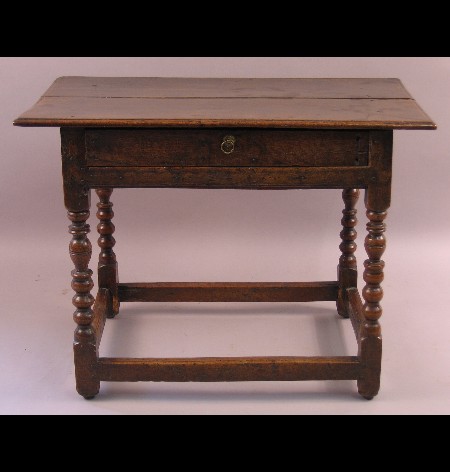



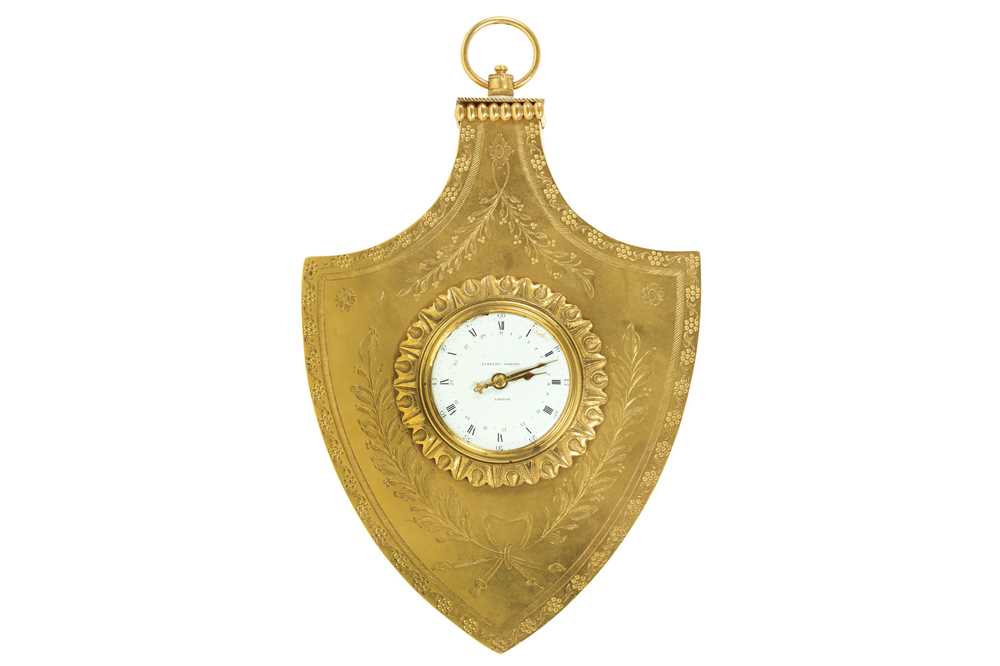




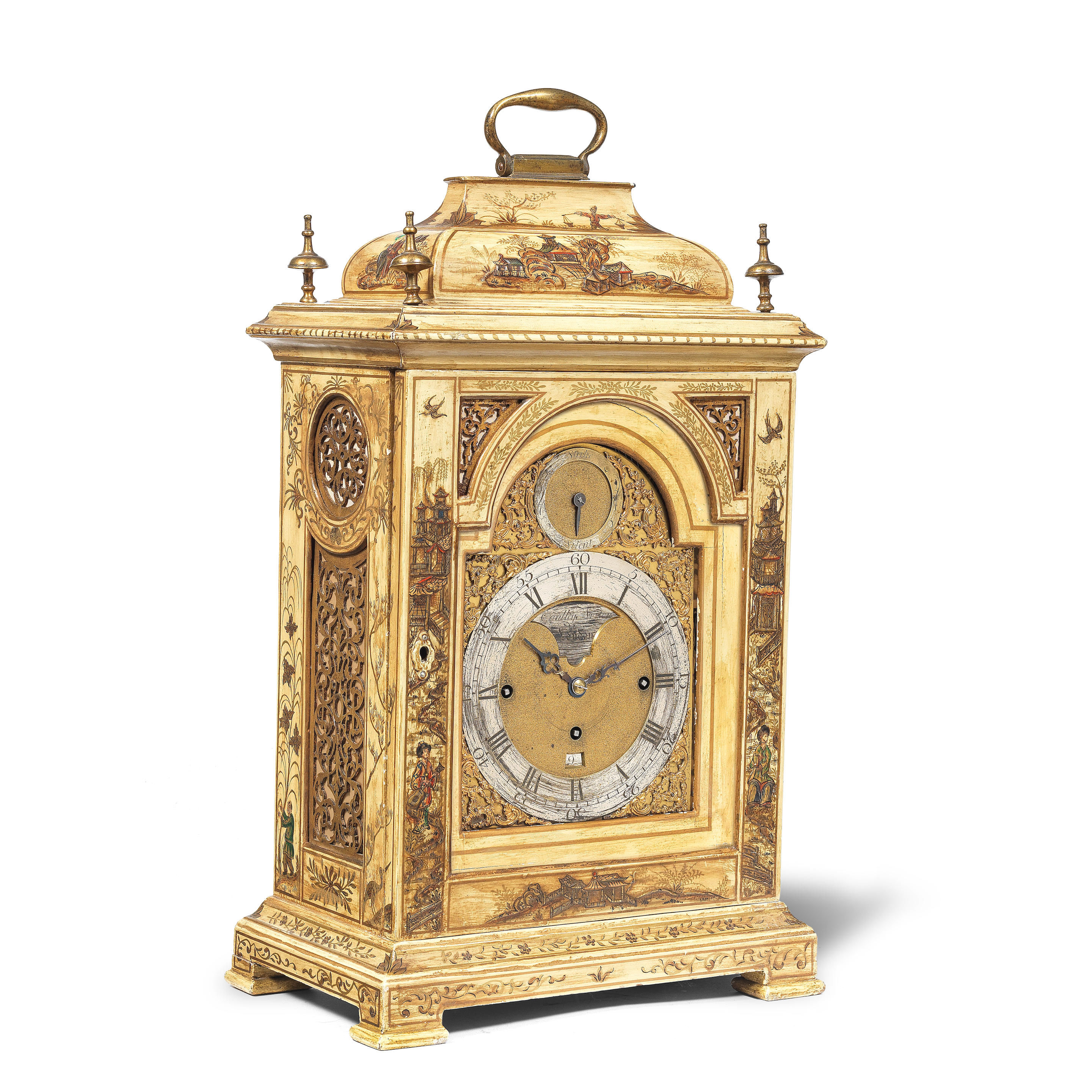
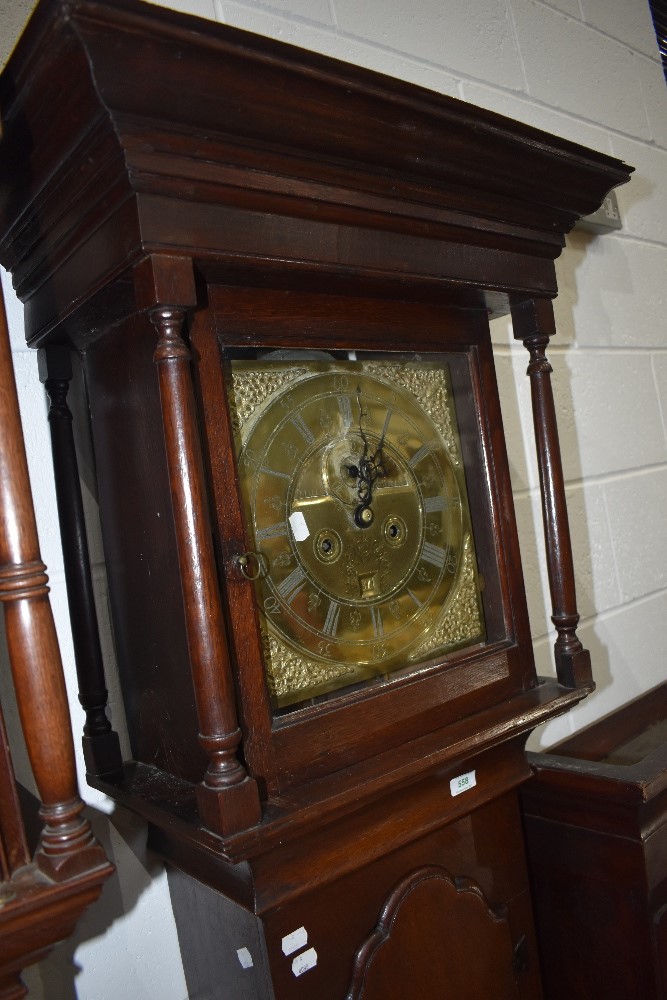
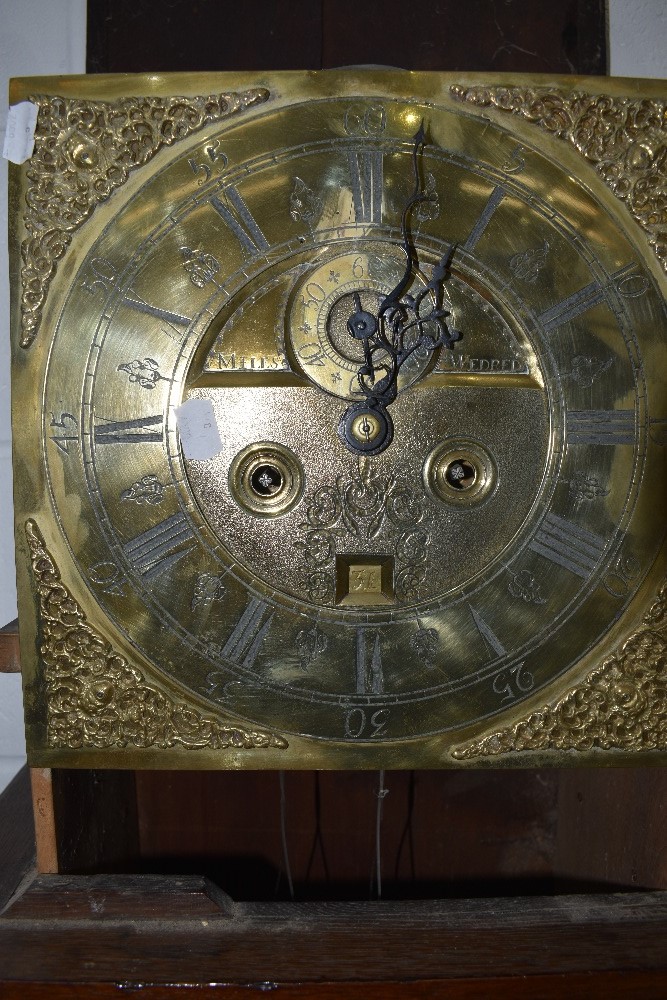



Testen Sie LotSearch und seine Premium-Features 7 Tage - ohne Kosten!
Lassen Sie sich automatisch über neue Objekte in kommenden Auktionen benachrichtigen.
Suchauftrag anlegen